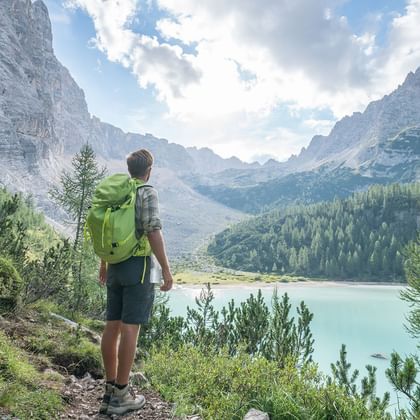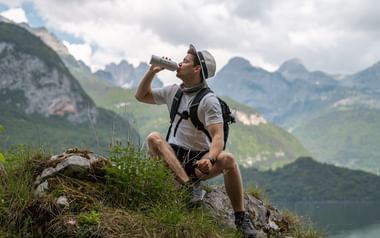Walking holidays are a great way to get under the skin of the destination you are visiting. Everything happens at your own pace and you have plenty of time to notice the little things you might not normally notice. It might be a flower, a view or a meal that had just slipped by in the subconscious, but when you're out on the walking trail and all you have to do is walk and enjoy life, it's just more intense than usual.Plus, being active on holiday is healthy and good for your body, so all in all, a walking holiday is a great way to experience the world.
It can be difficult to know what it takes to go on a walking holiday, so in the following we have tried to outline the considerations you should make when going on a walking holiday.


